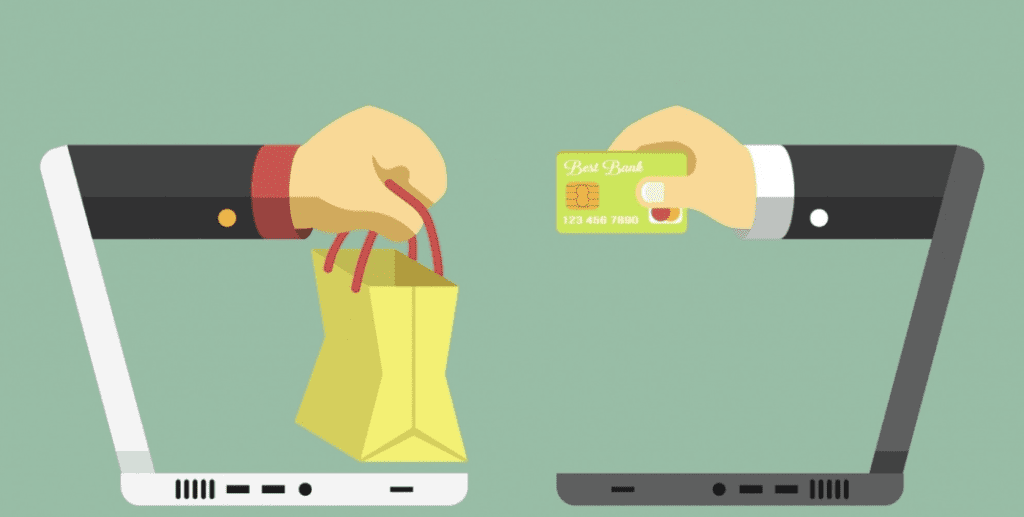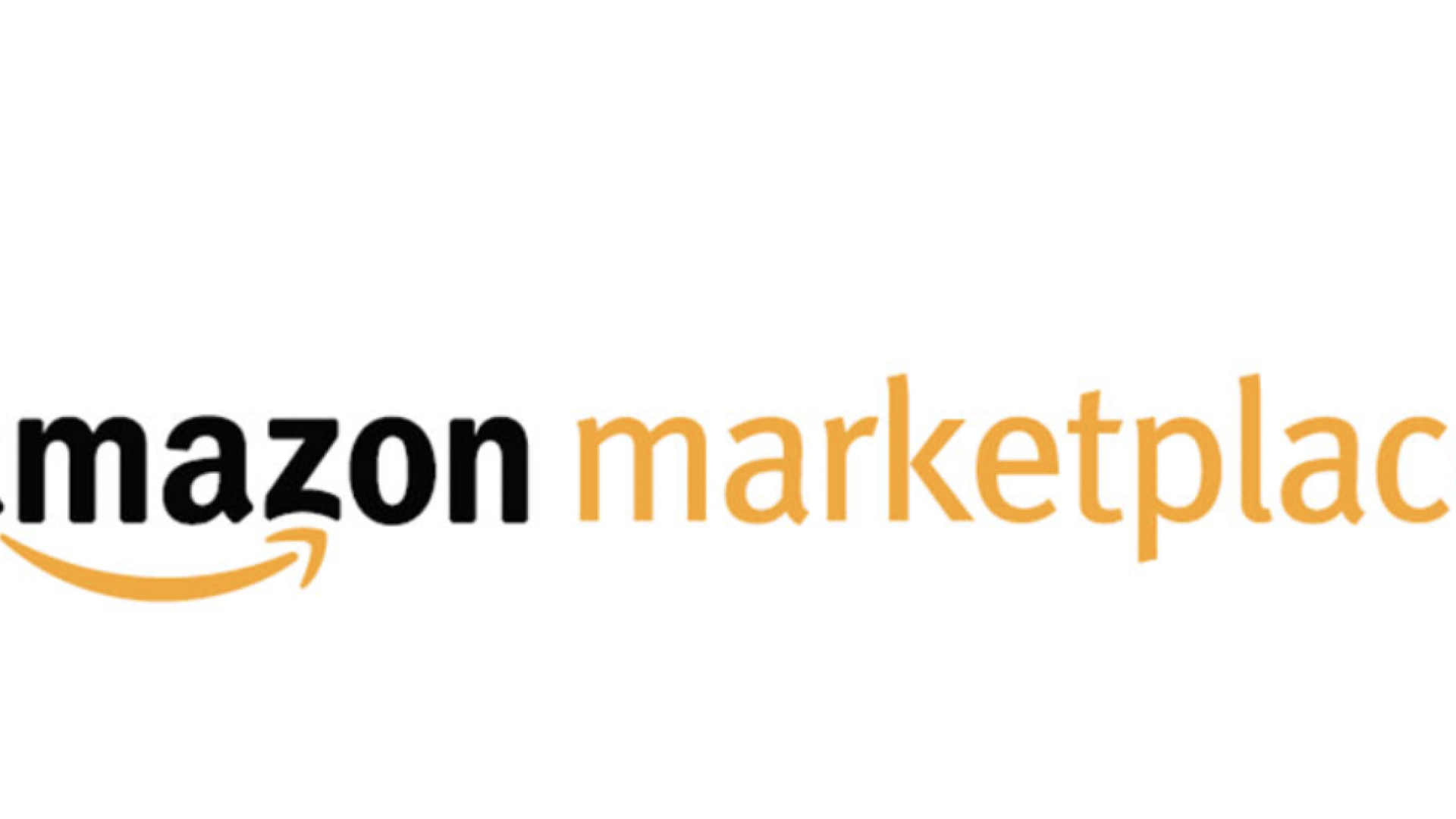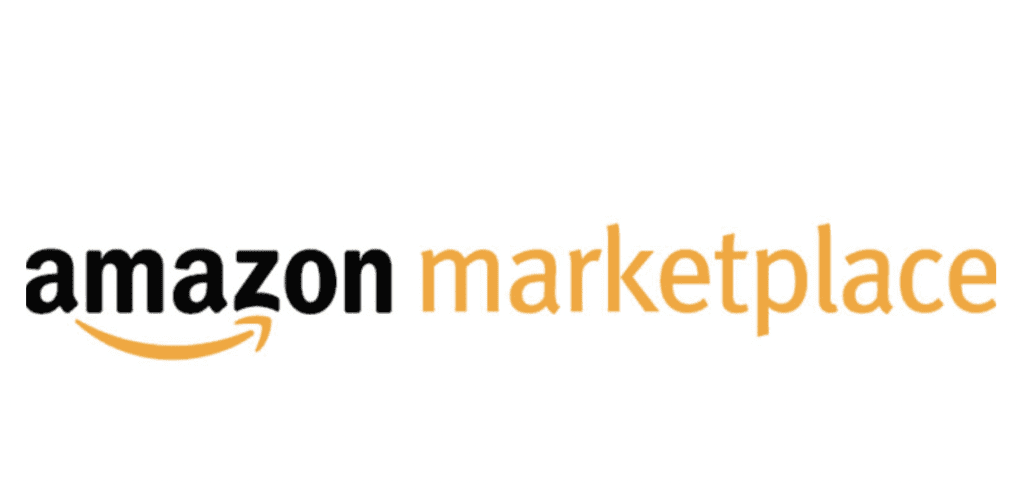Amazon recently announced a minor change that affects third-party sellers who handle their own product shipping rather than utilizing the company’s fulfillment services. Starting from October 1st, sellers enrolled in Amazon’s Seller Fulfilled Prime program will be subject to a new 2% fee per product sold. Before this alteration, sellers were exempt from such charges. The news was initially reported by Bloomberg, although Amazon representatives have not yet commented on the matter.
The Seller Fulfilled Prime (SFP) program was introduced by Amazon back in 2015, providing an opportunity for third-party sellers to display the esteemed Prime badge without subscribing to Amazon’s Fulfillment By Amazon (FBA) services. Unlike FBA, SFP adoption has been lower due to the requirement for sellers to meet Amazon’s Prime delivery standards, necessitating prompt shipping & weekend availability. Following its suspension in 2019, the invite-only program was reopened to new sign-ups in June.
Aside from the new 2% fee, Amazon also imposes a referral fee, ranging between 8% and 15% on each sale made by sellers. Additionally, sellers may incur costs related to warehouse storage, packing & shipping, as well as advertising fees. It’s worth noting that the company’s marketplace has caught the attention of antitrust investigators both domestically & internationally, who suspect Amazon of utilizing its dominance to exert pressure on merchants operating on its platform.
The increase in fees occurs as the Federal Trade Commission (FTC) reportedly prepares to file a highly anticipated lawsuit against Amazon, potentially as early as this month. The agency has been investigating multiple aspects of the company’s practices, including its treatment of marketplace sellers, which now contribute to approximately 60% of Amazon’s total retail sales. Responding to the regulators’ allegations, Amazon defended its position in a blog post by highlighting the benefits sellers gain from leveraging its expansive marketplace.
“These optional, paid services aren’t required for succeeding in the Amazon store — some independent sellers run thriving businesses without them — but many sellers choose to use them because they offer impactful opportunities to drive their business growth at lower cost,” noted Dharmesh Mehta, Amazon’s vice president of worldwide selling partner services, in the blog post.

Amazon’s decision to implement the 2% fee has drawn attention to the ongoing scrutiny the company faces from regulators. While the FTC’s investigation raises concerns over antitrust issues, Amazon maintains that its marketplace continues to attract sellers due to the value it offers. The optional paid services are not mandatory for success on the platform, as numerous independent sellers have built prosperous businesses without relying on them. However, many sellers opt for these services recognizing the significant growth opportunities they afford at a reasonable expense.
The SFP program, which enables sellers to display the Prime badge, was created to grant third-party merchants the benefits associated with Amazon’s widely recognized shipping & fulfillment services. Prior to this change, sellers in the program were exempt from additional charges. Amazon’s decision to introduce the 2% fee aims to streamline processes, aligning the costs for sellers who opt for their own product shipping, ensuring fairness & uniformity in the marketplace.
Since its inception in 2015, the Seller Fulfilled Prime program has been met with modest adoption compared to its counterpart, Fulfillment By Amazon. The prime reason for the disparity lies in the demand for Prime-level delivery standards, which includes swift shipping & weekend availability. Despite the temporary suspension of the invite-only program in 2019, Amazon reopened sign-ups this year, welcoming new sellers to explore the opportunities presented by the SFP program.
In addition to the new 2% fee, sellers operating on Amazon’s platform are subject to referral fees between 8% and 15% for each sale. There may also be ancillary expenses, such as costs related to warehouse storage, packaging, shipping, and advertising. Antitrust regulators have devoted considerable attention to Amazon’s marketplace practices, investigating allegations of the company imposing its dominance on merchants. These critics question whether Amazon incentivizes the use of its services in exchange for preferential treatment on the platform.
The implementation of the 2% fee adjustment coincides with reports that the Federal Trade Commission is planning to take legal action against Amazon, which has been anticipated for some time. The FTC’s investigation covers several aspects of Amazon’s operations, including how it treats marketplace sellers, whose activities currently represent approximately 60% of Amazon’s overall retail sales. In response to these allegations, Amazon rebutted, emphasizing the inherent value sellers gain by joining their vast marketplace.
“These optional, paid services aren’t necessary to succeed on the Amazon platform — numerous independent sellers have built thriving businesses without them. However, many sellers choose to leverage these services due to their significant positive impact on business growth & cost-effectiveness,” explained Dharmesh Mehta, Amazon’s vice president of worldwide selling partner services, in a recent blog post.
Amidst ongoing regulatory scrutiny, Amazon’s decision to implement the 2% fee highlights the challenges the company faces. Nevertheless, Amazon asserts that its marketplace’s value continues to attract sellers. Independent sellers have managed to build prosperous businesses without embracing the optional paid services. However, a considerable number of sellers choose to utilize these services, recognizing the extensive opportunities for business expansion they provide at a reasonable expense.
Introduced by Amazon in 2015, the Seller Fulfilled Prime program aimed to extend the Prime badge benefits to third-party sellers. Unlike Amazon’s Fulfillment By Amazon (FBA), SFP required sellers to handle their own product shipping, which previously did not incur additional charges. The new 2% fee levied by Amazon on SFP sellers ensures a more equitable arrangement, standardizing the costs for sellers opting for their own shipping solutions within the marketplace.
Although the Seller Fulfilled Prime program has not achieved the same level of adoption as Fulfillment By Amazon since its launch, the reopening of sign-ups earlier this year indicates Amazon’s ongoing commitment to the program’s growth. The strict requirements of the program, demanding adherence to Prime delivery standards such as expedited shipping & availability on weekends, contribute to the disparity in adoption rates. Nonetheless, the recent changes aim to attract more sellers to explore the potential benefits offered by the SFP program.

Apart from the newly introduced 2% fee, Amazon also imposes a referral fee varying between 8% and 15% on each sale conducted through the platform. Sellers may encounter further expenses related to warehouse storage, packaging, shipping, and advertising. Antitrust regulators both domestically & internationally have intensified their scrutiny of Amazon’s marketplace practices, with concerns over the company’s potential exploitation of its dominant position to disadvantage merchants.
As the introduction of the 2% fee coincides with reports of an imminent lawsuit by the Federal Trade Commission against Amazon, attention surrounding the company’s business practices continues to grow. The FTC investigation encompasses various aspects, including the treatment of sellers on the marketplace, which accounts for approximately 60% of Amazon’s total retail sales.
In defense, Amazon has outlined the benefits vendors receive from joining its expansive marketplace in a blog post penned by Dharmesh Mehta, the vice president of worldwide selling partner services.
To get started selling on Amazon, learn how to start an Amazon business yourself or take part in an Automated Amazon FBA store.


